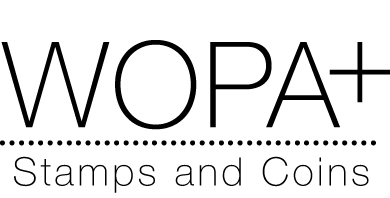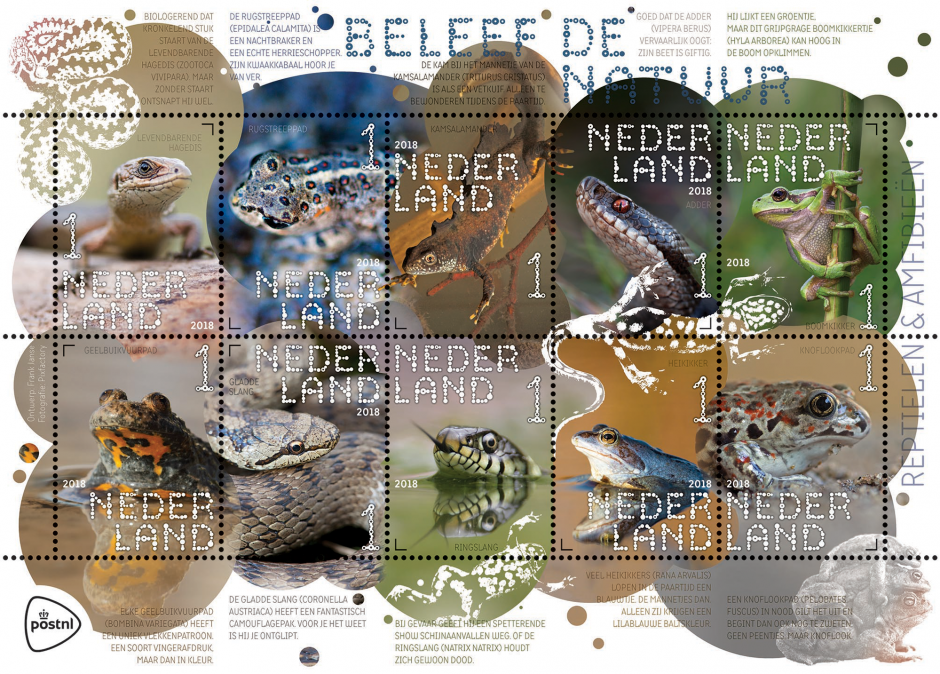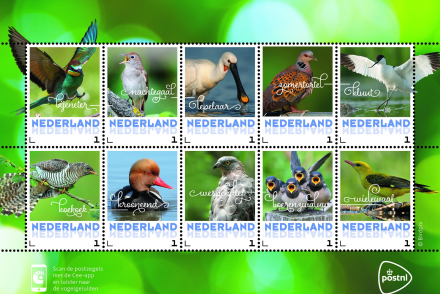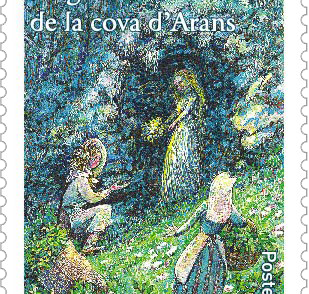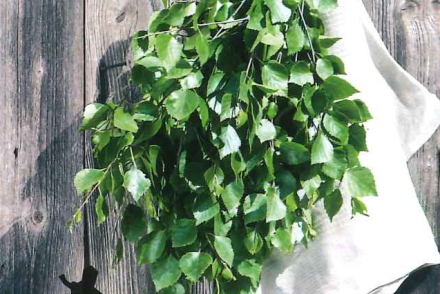Experience Nature – Reptiles and Amphibians
Netherlands – On 2 January 2018, PostNL will be issuing Experience nature – reptiles and amphibians, a sheetlet of ten stamps in ten different designs. The stamps are marked ‘Nederland 1’, the denomination for items up to 20g in weight destined for mail within the Netherlands. The issue is part of the new Experience nature series. This series consists of four stamp sheetlets with a total of 40 stamps, organised by season. The first stamp sheetlet, Experience nature – reptiles and amphibians, represents the winter. The issue dates for the other three sheetlets are 9 April 2018 (spring, wild flowers), 4 June 2018 (summer, insects) and 17 September 2018 (autumn, fungi). The photographs on the stamps come from the photography production company PIXFACTORY. A stamp sheetlet will cost you € 8.30 from a shop. The price of the whole series is € 33.20, including a storage folder. The Experience nature – reptiles and amphibians stamp sheetlet depicts ten reptiles and amphibians that we can encounter in our country. There are seven types of reptiles native to the Netherlands, including three species of snake and four species of lizards. Alongside these native species, there are a number of exotic, introduced species. Reptile habitats generally have little vegetation. Ideal habitats include heaths, transitional areas between forest and heath, and dilapidated walls and piles of stones. The reptiles depicted on the Experience nature stamps are the viviparous lizard, the adder, the smooth snake and the grass snake. In addition to the seven reptile species, there are 16 native amphibians, consisting of 11 frogs and five salamanders. Amphibians have three habitats: the breeding habitat in the water, the summer habitat where they feed and find shelter, and the winter habitat where they hibernate. The amphibians on the Experience nature stamps are the northern crested newt, the natterjack toad, the European tree frog, the yellow-bellied toad, the moor frog and the European common spadefoot toad.
On the Experience nature – reptiles and amphibians stamp sheetlet, designed by Frank Janse from Gouda, each of the ten animals is depicted on its own stamp. The photographs used are portraits of the selected animals in their natural surroundings. Most of the photos flow unnoticeably onto the adjacent stamp, resulting in natural contact between the animals. The pictures are contained in a graphical layer of overlapping circles of different sizes that break through the boundaries provided by the perforations. The circle pattern continues in the form of small droplets on the edge of the sheetlet and the tabs. There is a subsequent layer over the circles, of transparent images of reptiles and amphibians (a fire salamander, a yellow-bellied toad, an adder and three common toads). These animals are depicted in an almost abstract manner, in monochrome shades. For the typography, Frank Janse devised his own font built up out of small circles, which he named Fdot. For the explanatory texts on the edge of the sheetlet, he used TT Milks Light and Demibold in capitals (2017, Ivan Gladkikh for Typetype).
Designer Frank Janse from Gouda received the assignment to design the Experience nature stamp series using photographic material from PIXFACTORY. This photographic production company collects photographs sent in by amateur photographers and nature lovers with a photographic bent. The associated websites naturepix.nl and birdpix.nl are extraordinarily popular, with hundreds of thousands of nature photographs. Mysterious and elusive Coincidence or not – the subject of the new Experience nature stamp series is particularly interesting to graphic designer Frank Janse. “Of course, a designer has to be able to work with any theme. However, receiving an assignment that so closely connects to something you love is very special. I’ve been enormously interested in nature since I was young. I’m fascinated by the fact that everything just goes its own way. It’s a world in itself, with many layers. Underground, on the surface, in the water, in the air – in other words, everywhere. From huge to tiny, with all kinds of intriguing details that you only see if you look closely. Under a stone, for example. My interest has everything to do with the mystery and elusiveness of nature. I also encounter that if I go camping in the wild with my family during holidays. In the middle of nature, as primitive as possible, with as little civilisation as possible in your luggage.”
Observe and associate Janse first determines the scope of his design by deepening the concept of ‘experience’. “For me, experiencing is made up of observation, sensory evaluation and then association, by looking at what feeling you get with a certain animal or plant. Cold and slippery? Dangerous and venomous? Sweet and cuddly? On the one hand, experiencing means actually registering and organising what you perceive with your senses. On the other hand, it means subjective association, which happens organically and intuitively. Sensory and intense On the basis of these starting points, Janse chose photos with a sensory and intense character from PIXFACTORY’s enormous database. “It must be more than just an image, more than just visually beautiful. There also has to be an interesting story behind it. Attractive photographs of uninteresting reptiles and amphibians were discarded, as were interesting animals that weren’t photographed in an attractive way. By beautiful, I don’t just mean aesthetically. The image should also be provocative. At the same time, I looked for a balanced spread of animals in terms of subspecies, sizes and appearances.”
Organic process Janse selected around a thousand photographs for the Experience nature – reptiles and amphibians stamp sheetlet. Then, out of a shortlist of around a hundred images, he chose the ten photographs that now appear on the stamps. Janse: “The selection was as organic a process as nature itself. The photographs not only had to be strong, they also had to go well together. I was engaged in an endless process of moving the photos around, enlarging, reducing and cropping them. In the colours, I looked for the atmosphere of winter and of the habitat of these animals. Where possible, I wanted to bring the animals into contact with each other. Look at the way that the body of the smooth snake appears to run over into that of the yellow-bellied toad.” Layered design In his layered design, Janse uses a combination of circles to reflect the dynamic and organic aspect of nature. They form something like thought clouds and thereby strengthen the movement and associative character. “This enabled me to break through the static grid of the stamp sheetlet. To do so, I chose round, natural shapes, because I associate sensory perception with roundness. Think of round eyes and round papillae, for example. Finally, I added a layer with reptiles and amphibians in white. This better emphasises the structure, shape and diversity of these animals. It intensifies the mysterious character of nature. The layers also have to do with my way of looking at nature. Not only emotionally and holistically, but also with an eye for detail, as a sum of all my sensory perceptions.”
About Frank Janse Frank Janse (1967) received his degree in graphic design from the Willem de Kooning Academy in Rotterdam in 2001. Until 2009, he worked for various advertising and design agencies, including Room for ID’s, after which he started his own company: Frank Grafisch Ontwerp in Gouda, specialising in house styles, branding, infographics and communication campaigns. He works for companies including a wide variety of educational institutions, both business-to-business and business-to-consumer. His clients include PostNL, real estate specialist Fortierra, the Association of Dutch Municipalities, The Hague Centre for Advice in Education, the University of Amsterdam/Amsterdam Medical Centre, Erasmus University and Rekel Producties. Frank Janse has previously designed various luxury storage systems and personal stamps for PostNL, including the 2017 theme collection on Dutch bird species.
- 02.01.2018
- Frank Janse, Gouda
- Joh. Enschedé Security Print, Haarlem
- Offset
- 4 Colours
- Stamp Size: 30 x 40 mm, Sheet Size: 170 x 122 mm
